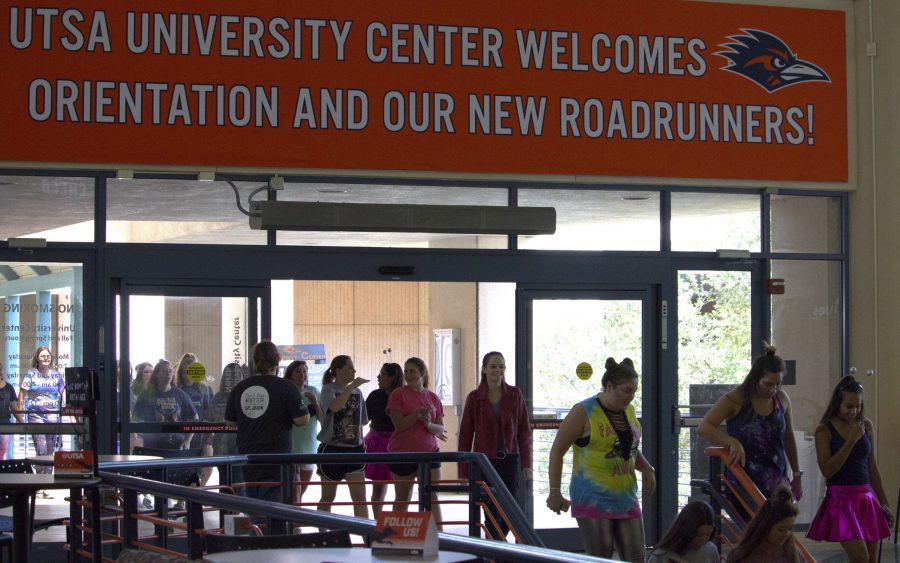The Coordinated and Linked Approach to Student Success (CLASS) is an institution-wide initiative, focusing on key elements affecting low rates of student retention and graduation. In order to address these issues, UTSA is revising several sources of student success. In a previous article, three of the six areas (Onboarding, Leadership and professional development and First Year Experience) of CLASS were discussed. The remaining three — Advising, Focused Academic Support and Financial Aid — are sectors of the CLASS initiative also being revised.
In an effort to improve UTSA’s advising system, advisors will go through several operational changes to achieve efficiency. To relieve congestion of appointments, advisors will adopt an 8-5 p.m. on-call schedule. Advisors on call will assist walk-in students with less critical needs such as picking up an “add or drop” slip, creating a wider window for more in-depth advising appointments.
Advising will also make “data driven decisions” and direct communication to other sources of student success: instructors and financial aid. With the help of EAB Campus, a student-success management company, UTSA is implementing a software from EAB called Student Success Collaborative (SSC), which creates student profiles.
SSC collects and compiles previous and present data to configure problems. Advisors use this data to preemptively address issues students might have and direct a student to the right resources.
Dr. Tammy Wyatt, associate vice provost for student success, describes SSC as an “Advising platform tool that helps advisors utilize and better manage caseload, that will serve as a support care network.”

Another area growing through the CLASS initiative is focused academic support. The “math emporium” model, the first CLASS program to be trialed, looked at classes with high DFW rates.
In summer 2016, one section of MAT 1073 (Algebra for Scientists and Engineers) was chosen to test the unique environment and teaching style. Students enrolled in this course were subjected to limited lectures and online learning, while receiving multiple sources of assistance from instructors, peer tutors and online assistance.
According to Dr. Mauli Agrawal, interim provost and vice president for academic affairs, the goal of the math emporium was to “change the pedagogy of math fundamentally.” Agrawal goes on to say, “we want to hold them to the right standards and assist them in reaching those standards.”
The results of this trial proved to be effective, as 67 percent of students in the emporium model course earned either an A or B, compared to 14 percent in a non-emporium model course. The trial extended into the fall semester, adding four sections of MAT 1073. The results showed 46 percent of students in the emporium model classes earned an A or B, compared to 33 percent for the non-emporium model classes.
With high success rates and UT system funding of $2,972,077, CLASS is expanding this teaching model to more high-risk courses, reaching more than 3,000 students a year.
UTSA awards $240,000,000 worth of financial aid to students on a “first come, first serve” basis every year. Administrators of CLASS saw this system of awarding monies as one of the key elements of student retention. UTSA will prioritize financial aid awards to students on the basis of need and merit.
Financial aid will rework aid awards so incoming students with high academic merit (top 10 percentile) will be guaranteed financial aid for four years. In-need students will also have the option to apply for emergency funds. If those students qualify, they will be awarded based on their need. Agrawal believes, “It goes back to the principal, what would you do if this was your child? You help them.”
While CLASS is being rolled out slowly over the next few semesters, students can expect larger changes in learning styles and campus resources. The success of the program relies heavily on the retention and four-year graduation rates of students.







